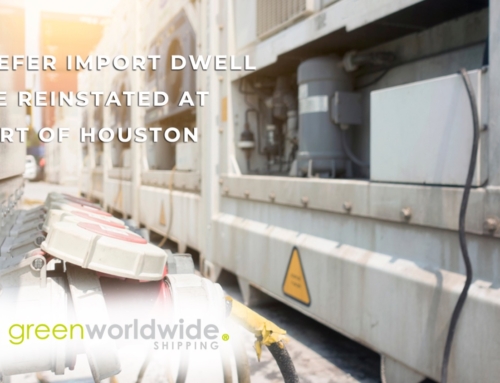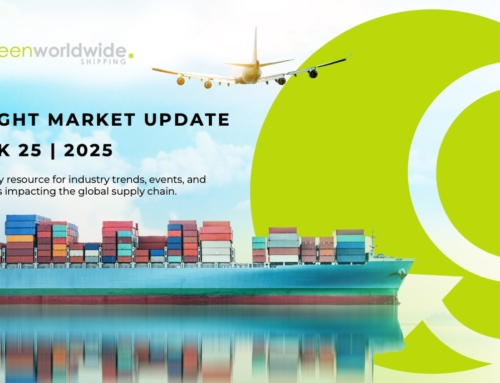Fuel, in general, refers to any substance that is burned to produce energy. In the context of marine transportation, fuel typically refers to various types of fuel that are used to power ships, including bunker fuel, diesel, and liquefied natural gas (LNG).
Bunker fuel refers to the heavy, viscous fuel that is used by large marine vessels such as cargo ships, tankers, and container ships. Bunker fuel is typically derived from crude oil and is used because it is relatively inexpensive and provides high levels of energy.
BAF stands for Bunker Adjustment Factor, which is a surcharge applied to shipping rates to account for fluctuations in fuel prices. The BAF is usually calculated based on the cost of bunker fuel, which is the type of fuel used by ships to power their engines.
Low Sulphur Surcharge (LSS) refers to a type of fuel that has a low sulphur content, typically less than 0.5% by weight. The International Maritime Organization (IMO) has introduced regulations requiring ships to use low sulphur fuel in certain areas to reduce air pollution and protect the environment. The use of low sulphur is also known as IMO 2020.
Marine Recovery typically refers to the process of salvaging vessels or other marine equipment that has been damaged/lost at sea. This can involve a variety of methods, including diving, lifting, and towing. It is typically carried out by specialized companies.
Stay up-to-date on freight news with Green’s Weekly Freight Market Update by following us on Facebook, Instagram, and LinkedIn. For continuous updates, make sure to check out our website at greenworldwide.com.





